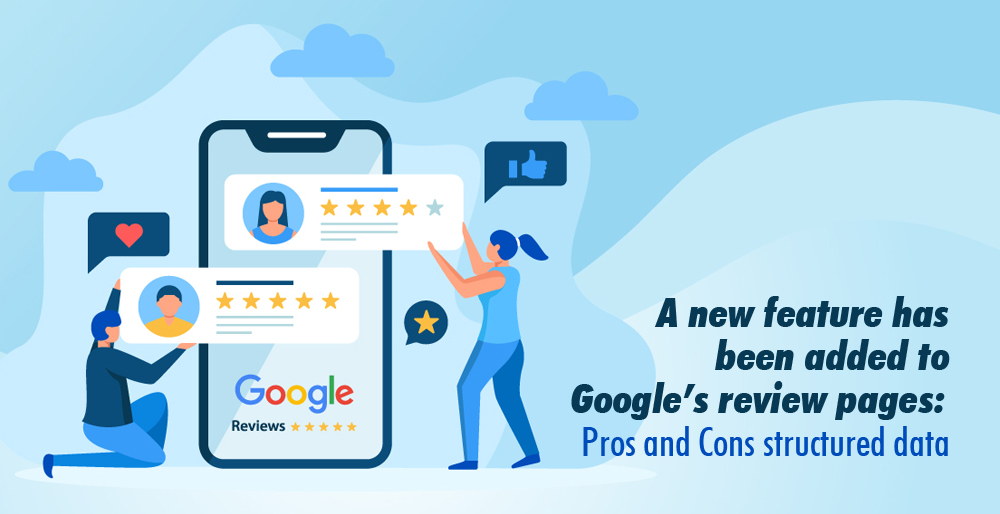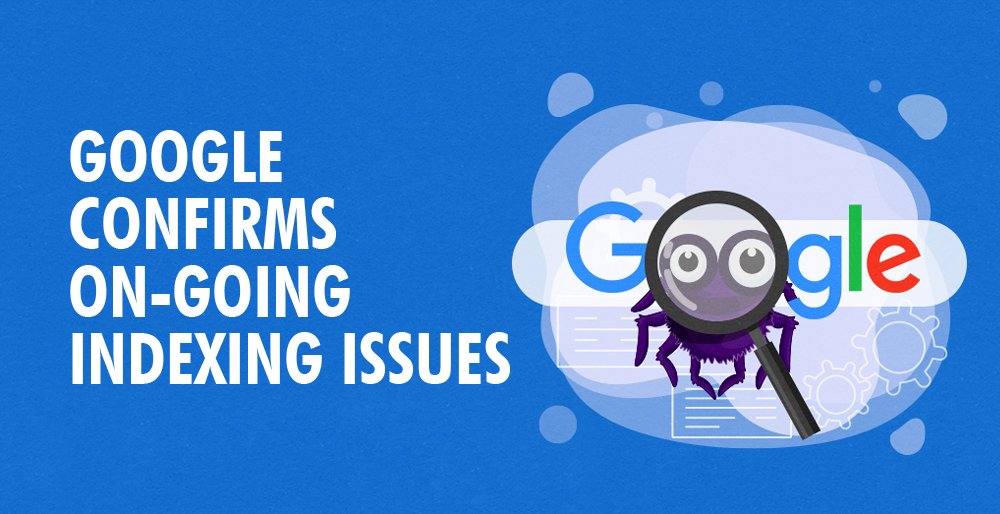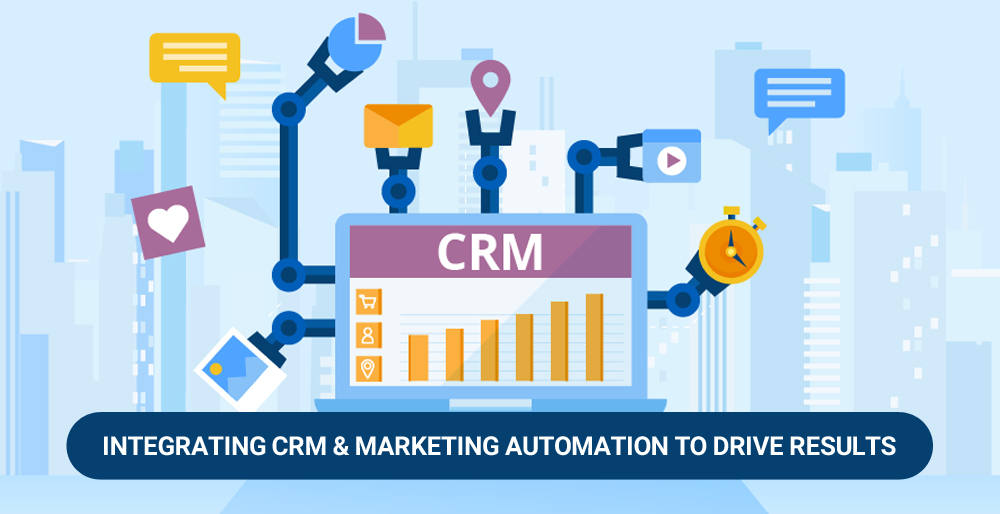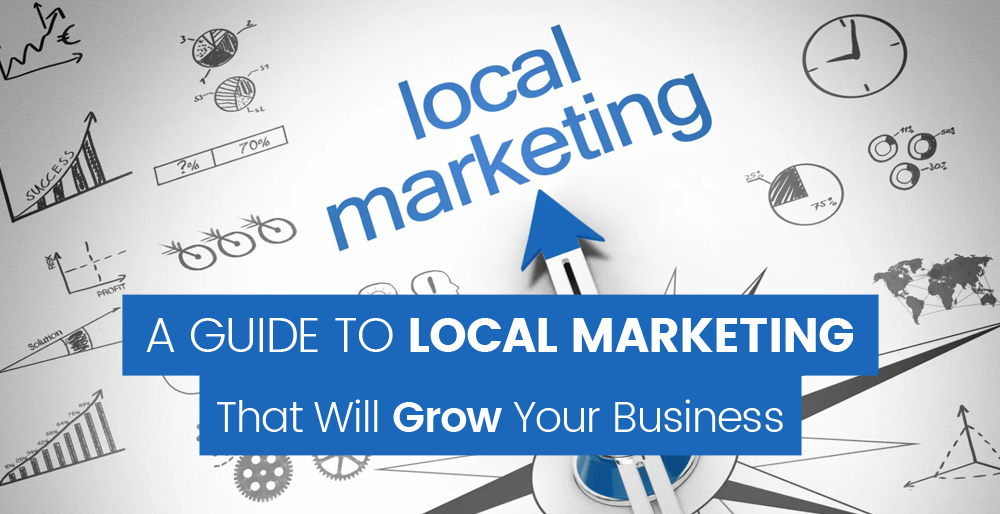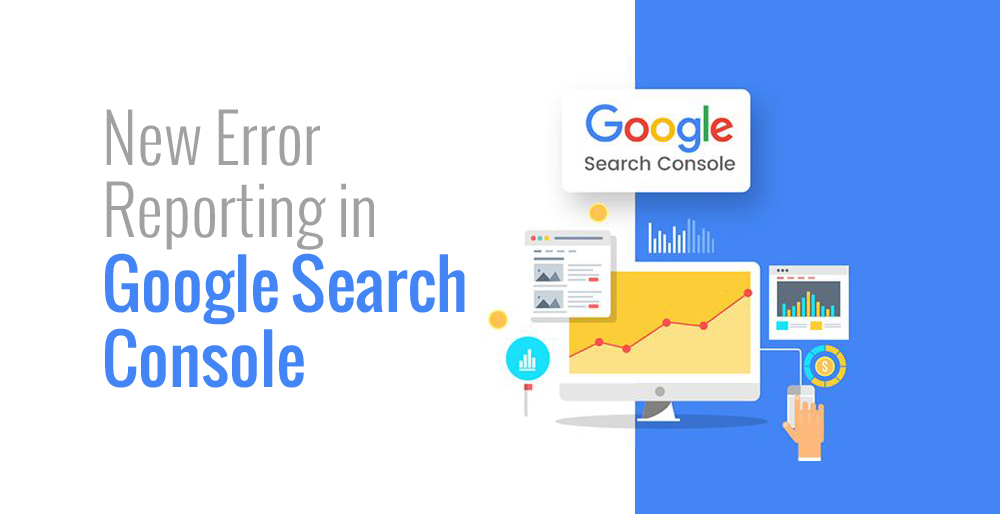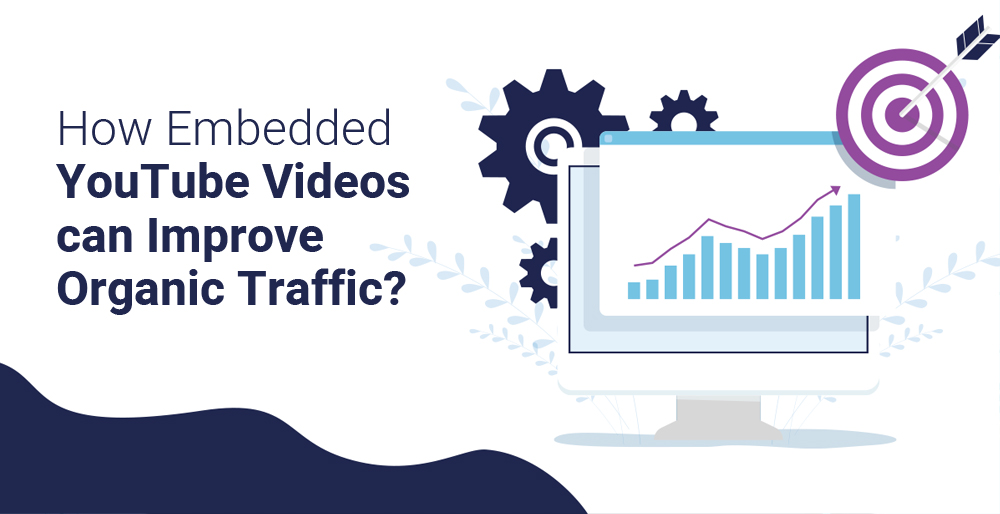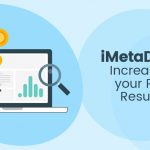Google now supports the pros and cons of structured data for review pages in the search results as per editorial reviews using the new validated markup such as structured data markup.
Google also prioritized the supply of structured data given by your content which extracts the data for pros and cons usually shown in Google search engines. So it is likely to create value for your blog post to tell Google what data types you want to show in Google Search over Google testing to assume.
Meanwhile, you markup the pros and cons of your blog post, and Google might show the rich results markup for your featured snippets.
To implement the pros and cons of structured data, you must be aware of categorized structures by Google: structured data, unstructured data, and semi-structured data markup, and how they work precisely.
Firstly, we know that the data is the collection of facts that further drives the organization’s intent. It can be structured, unstructured, or semi-structured data based on its unique classifications/categories.
What are structured data, unstructured data, and semi-structured data?

According to Google analytics, data can be formed in any shape or size and categorized into structured, unstructured, and semi-structured data.
In regards to unstructured data, the research specifies it as any data consisting of over 80% of industrial data is called unstructured data. In comparison, structured data combines information with less amount for industrial/business use.
Let’s understand that both categories focus on what harnesses the content markups effectively.
- Structured data is formatted data that matches a predefined structure before loading into data storage.
- On the other hand, Unstructured data is data that does not follow this rigid structure since this data is unprocessed and stored in its raw format.
- Semi-structured data is referred to as data that does not follow the format of a tabular data model or relational databases because it does not have a fixed schema.
What is Structured data markup?
The structured data markup is a simple markup where the machine-readable representation of your provided data is directly on your webpage/blog post. It also helps Google to understand your web pages, and so it will provide stunning results for web searches by users.
This markup is added to your HTML, which helps Google and other search engines to understand and process your content reliably.
How is Structured data markup used?
Structured data markup is used in many ways, likely as Open Graph markup, which implements Facebook title and description. It is also used in relational databases using SQL queries.
Regarding SEO, the context is mostly of “structured data” since it refers to the implementation of markup on the web page to provide additional details to the content posted.
A structured data markup is an annotation approach you can add to your website. This technique helps Google in data retrieval from your website using HTML, so the website is visible or ranked in Google during the web search by users.
Does Structured data markup make it easy to find content?
Yes! The primary reason for implementing this markup is to improve the search engines’ familiarity and to find content. It also helps to get the relevant signals to enable the site benefits such as SERPS.
However, this type of markup needs to be analyzed with the consistency of search engines and people.
There are multiple ways to implement this markup to add structured data to the content posted. However, the standard implementations(formats and syntaxes) designed and the terms related to classified relationships are entirely seen in this markup.
What are the syntaxes/formats of structured data markup?
The syntax/format is the predefined structure to implement with a set of rules. Further, we can discuss three different syntaxes used in search engines. This markup is also simpler since it is also using machine learning algorithms.
- Micro-data
- JSON-LD
- Micro formats
What is Micro-data?
Micro-data is used in HTML documents to add semantic markup for HTML pages. This semantic markup usage helps data to be embedded inside the HTML documents and makes it readable for machines. It is also a discreet method of bringing semantic markup to web pages without impacting the syntax of the browser.
Google search engines and other search engines find micro-data helpful, as it helps explore the information on the web pages and produces relevant user results.
Web search is widely enhanced with machine readability due to micro-data, especially with automated programs.
What is JSON-LD?
JSON-LD is a method of encoding corresponding data using JSON. The primary goal of JSON-LD is to provide developers ease with existing JSON. However, in a few ways, it also serializes the traditional JSON.
How is JSON-LD different from traditional JSON?
Few might be unfamiliar with JavaScript. However, know that it’s a software language often used for websites. As discussed earlier, JSON-LD is very similar to the traditional JSON, but it offers a few more benefits directly derived from schema.org compatibility, and the following are significant differences:
- JSON stands for “JavaScript Object Notation,” where the data used is readable by both computers and humans.
- JSON uses “JavaScript” in its acronym since the data type is designed in JavaScript.
- JSON-LD authorizes you to equip more in-depth and consistent web components. Search engines better absorb the data to improve page indexing, which may result in search results displaying featured snippets.
- Since schema.org does the hard work for you, there’s no need to learn a new structure.
- Also, you can build a more complex system using compatible web components to create developer and search engine-friendly data.
What are Micro-formats?
Micro-formats are defined HTML classes created to serve as consistent and descriptive metadata about an element, designating it as representing a specific data type. They qualify the software to process the data reliably by maintaining set types guide to a particular data type rather than arbitrary.
Where can I find to add the structured data markup for product reviews?
The following structure is how you can markup your web page on Google:
- Open the Structured Data Markup Helper.
- Once you are at the website, select “Website.”
- You can choose multiple events or tools listed by Google. Also, it provides you to enter the URL for an available web page or HTML for the raw page.
- If you choose a URL, you must ensure that that page is open to every user. You can also test this by accessing Google chrome help.
- Next Start Tagging.
- Once you select start tagging, it asks you to go through the timeline to highlight the information provided on the web page.
- If there is enormous information where you have to select vast knowledge to tag, then you can use Advanced data tagging.
- If there is any missing data, you can use the add missing data tag to add the data you choose.
- You can use Remove tags, to remove specific structured data by using the structured data markup helper.
- You can depend on Google to assign or allocate the data using its automated syntaxes, such as JSON-LD.
How does SEO come into the picture? Who invented the Search Engine?
SEO (Search Engine Optimization) is the approach to improving the quality and quantity of website traffic. It is a web search strategy for a website or a web page from search engines.
SEO majorly targets the most search terms, where unpaid traffic is targeted rather than paid traffic.
Before any search bar, there is an extreme flow of various data types, providing inconsistent results pages.
Danny Sullivan was the founder of Search Engine Watch in 1997. He was one of the earliest online publications among few regards to search engine marketing. He also introduced, organized, and launched the Search Engine Strategies.
Search Engine organizes information given by the users and thoroughly enhances the quality of the reliable data search in real-time.
How is this structured data beneficial to review pages?
Google decided to have an enhanced review of products in structured data and organize information collected from the data warehouses. The pros and cons of the structured data you must know as per Google guidelines are as follows:
- Nowadays, only editorial outcome review pages are eligible for the pros and cons formation in Search, unlike vendor by-product pages or consumer reviews on products.
- Every by-product provided by the vendor has either negative/positive reviews from consumers on web pages.
- Also, there must be at least two views about the product.
- However, even after adding the structured data, remember that the two statements given on the product must be at least. It could be any combination of positive or negative comments(for example, Item List markup with two positive comments is valid).
- Meanwhile, Google is already trying to automate the pros and cons of any editorial product review. At this point, you can provide the information to your nested product reviews.
As a result, everyone must be aware of making the pros and cons visible to users on their web pages.
Also, Google has notified the users that Structured data is no longer required since it can automate the data type with the organized information given in the data warehouses. Still, structured data markup usage can bring out stunning user outcomes.
What are the benefits of using structured data markup?

Product reviews or consumer reviews regarding vendor products are essential for any product category to go on sale. So, the shoppers/consumers reach out to the product reviews to go ahead and continue with the purchase at a trusted vendor.
Since Google must assume and automate highlighting the pros and cons of the product in the form of reviews if there is no structured data. But, it might not show the best results for users or shoppers due to a lack of structured data from your web page.
As a result, if you have the structured data as discussed, the structured data markup will cover the loops of the web search and provide the website results to users in a stunning outcome.
Conclusion:
Moreover, you will be the boss of creating the outcome for any user web search to find the content of your website easily using this pro of structured data markup instead of leaving Google to automate the results on its own.
To learn more about iMetaDex™, click here.
MetaSense Marketing Management Inc.
866-875-META (6382)
support@metasensemarketing.com

